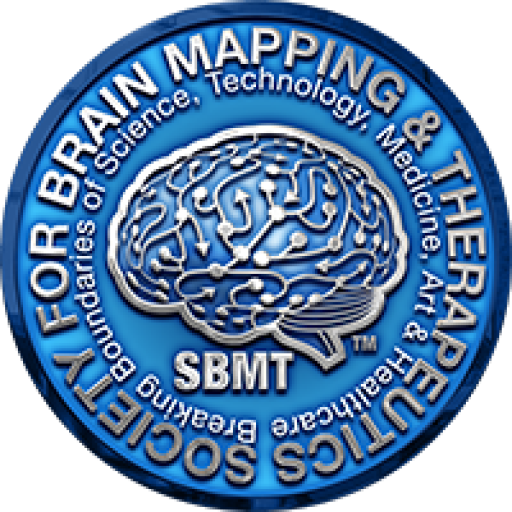
OCTOBER 18, 2011
Timing for clinical trials for stem cell therapy in spinal cord injuries is right
by Springer
Regenerative medicine in spinal cord injuries (SCI) is proving to help the human body create new cell and nerve connections that are severed during this type of injury. In a review of current scientific research for stem cell treatment in SCI published this month in the Springer journal Neurotheraputics, Dr. Michael Fehlings and Dr. Reaz Vawda from the Krembil Neuroscience Centre, Toronto Western Hospital in Ontario, Canada, provide evidence that supports researchers moving beyond the lab to conduct human clinical trials for stem cells.
Spinal cord injuries remain one of the most difficult conditions to overcome. Despite the advances made in surgical interventions, drugs and rehabilitation programs, the cascade of damage that ultimately affects the body at the cellular level cannot be reversed.
Stem cell research brings tremendous hope to those who remain paralyzed after such a devastating injury. But according to Dr. Fehlings, patients are not able to realize the potential benefits of stem cell therapy because research is largely stuck in the laboratory.
“With the exception of a few clinical trials, current research is stalled at the animal model stage,” said Dr. Fehlings. “Scientists from around the world have demonstrated as much as they can in lab models that stem cells have an impact on spinal cord injuries and can be transplanted into patients. Now we need the support and coordination of regulatory bodies to move this science forward.”
The study critically evaluates 11 different cell types/sources and the evidence justifying their use. For example, BMSCs (Bone marrow stromal cells ) have an established safety record, as well as a beneficial effect after thoracic SCI. Glial restricted progenitors (GRPs) and oligodendrocytic progenitors (OPCs) are described to have a track record that favours the continuation of more clinical trials and Neural Progenitor Cells (NPC), of which one line of immortalized foetal NPCs has been subjected to extensive pre-clinical safety testing, may have potential benefits.
Spinal cord injuries not only cause life-long disability and carry major psychological effects, injuries to the cervical spine (neck) have a mortality rate of 10 percent in the first year following injury and an expected lifespan of only 10 – 15 years post injury.
Some of the evidence for increasing and expanding clinical trials from the study includes:
- There are more than a dozen recently completed, ongoing or recruiting cell therapy clinical trials for SCI.
- No experimental mode, rodent or otherwise, will completely mimic the human condition and it is an unrealistic hurdle for all pre-clincial findings to be validated in animals.
- There are substantial pre-clinical and earlier clinical safety studies of satisfactory quality and reliability carried out so far to justify the immediate translation into the clinic.
- Advances in the application of regenerative neuroscience to SCI can only be made with an investigative approach that balances excellent preclinical research with rigorous ethical clinical trials.
“At this time, a strong patient advocacy base would likely help provide momentum to help translate current research into clinical applications,” said Dr. Fehlings. “Moving forward, all clinical trails must involve peer-reviewed assessment, regulation, independent monitoring, duplication, transparency and accurate record keeping of the every step of the process.”
Dr. Fehlings acknowledges that no clinical intervention is 100 percent risk free and uses the examples of other novel therapies such as bone marrow transplantation and the polio vaccine to illustrate how science has forged ahead successfully, despite setbacks along the way.
More information: Fehlings M, Vawda R (2011) Cellular Treatments for Spinal Cord Injury: The Time is Right for Clinical Trials. Neurotherapeutics. DOI 10.1007/s13311-011-0076-7
Provided by Springer




